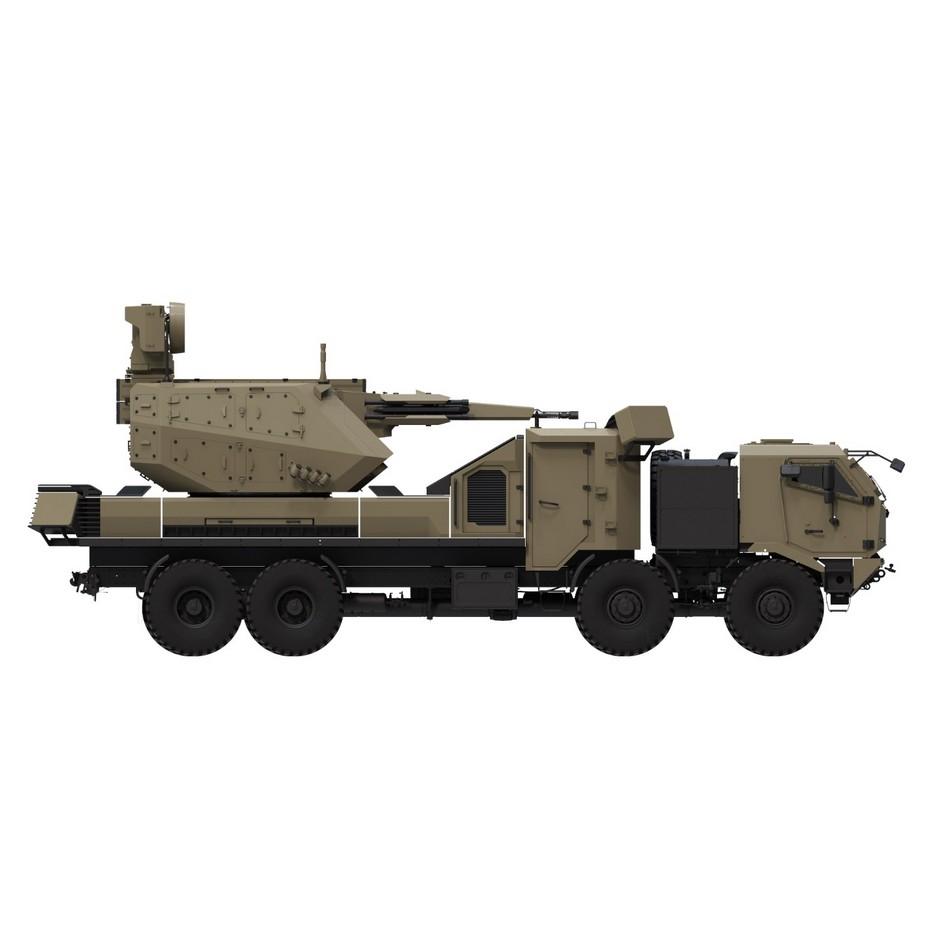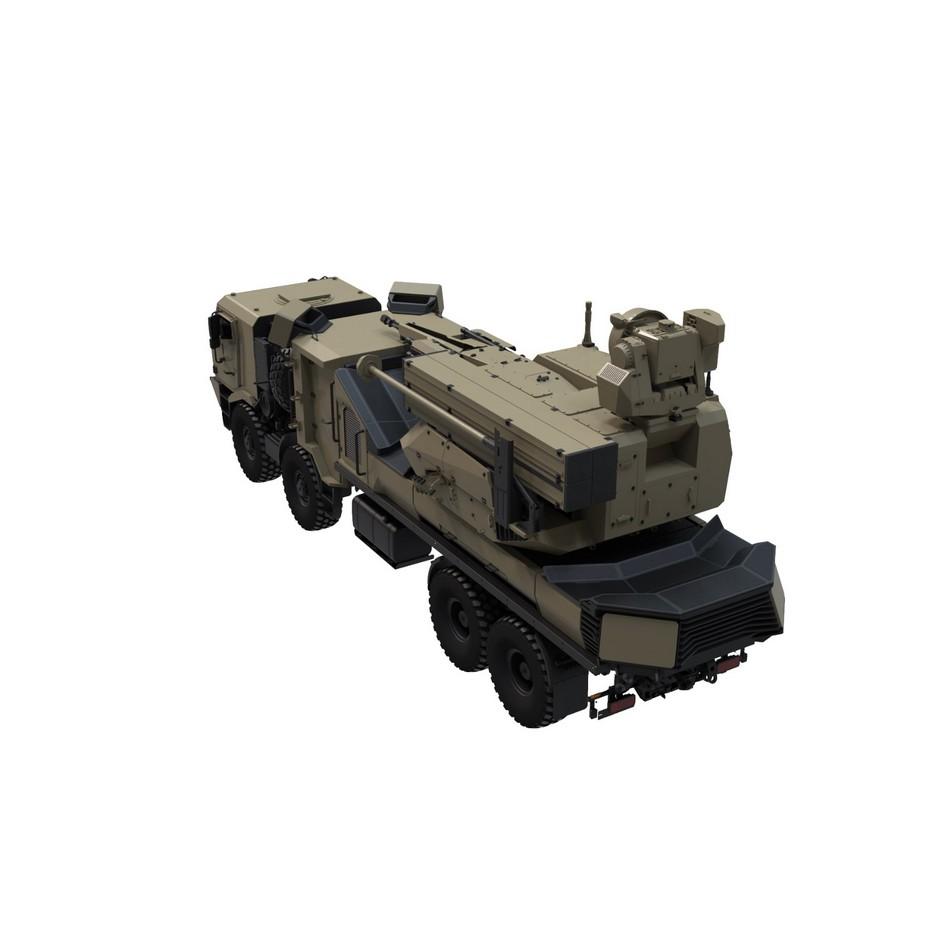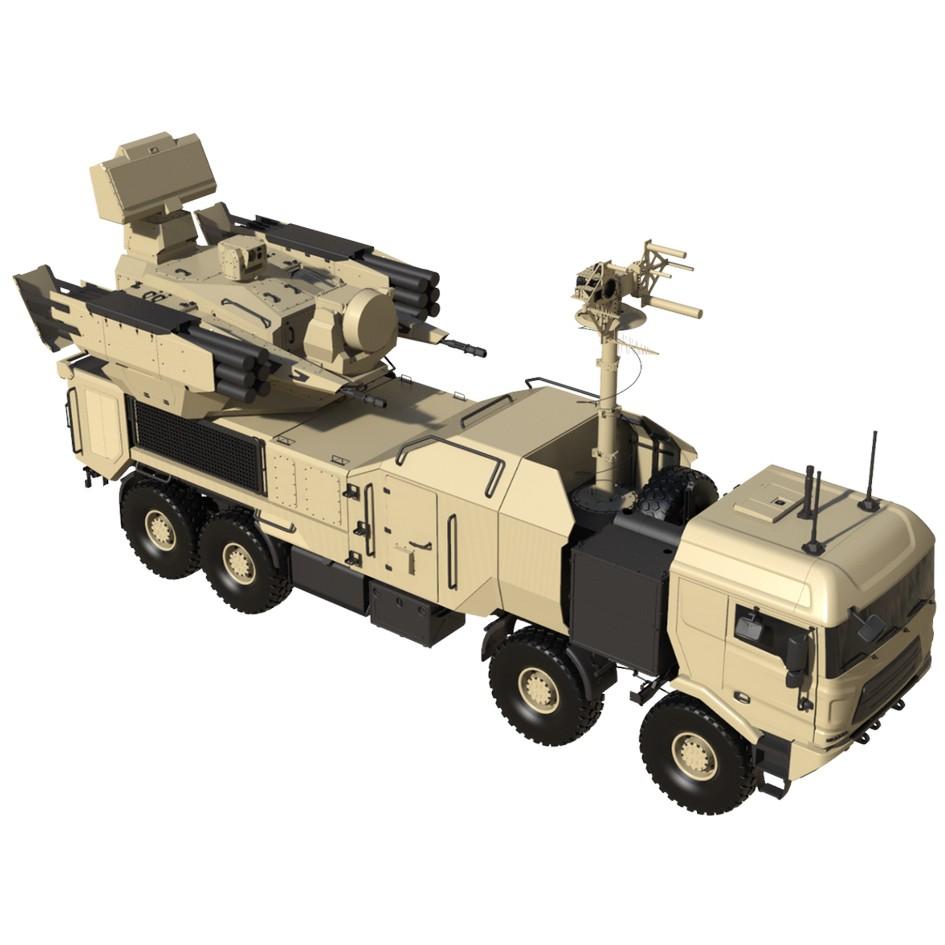It's the Nokta air defence system:View attachment 110332View attachment 110333
View attachment 110334View attachment 110335
Nothing official yet but possibly the "hybrid air defence system" with 4 AESA radars, 1 FCR, 1 35mm gun, 4x sungur MANPADS and 4x SAM.
We'll probably soon hear more about it.
Images of ASELSAN's newly developed Nokta Air Defense (NHS) System were shared on social media. The system consists of both missile and cannon components.
Photos of the newly developed system were shared by a social media user named Andrei. In the shared images, it was seen that the air defense system contained both air defense missiles and air defense artillery.
According to the information obtained by SavunmaSanayiST.com; The name of this system is the Point Air Defense (NHS) System. The missiles seen in the NHS System are the land-launched version of the GÖKDOĞAN BVR Air-to-Air Missile (BVRAAM) developed by TÜBİTAK-SAGE. On the other hand, the system includes the GÖKER 35mm Multi-Purpose Weapon System.
The NHS System includes the AKR Fire Control Radar developed by ASELSAN with a range of 80 kilometers. In addition, there are AESA Radars around the 8×8 vehicle, which is the carrier element of the Nokta Air Defense System, to perform target detection. ASELSAN-NHS On the other hand, the vehicle in question has an 'autonomous' structure, just like the Autonomous HİSAR-A+. In other words, it can engage alone, without the need for any additional elements. The system is expected to have a maximum effective range of 30-40 kilometers against air elements with GÖKDOĞAN Missiles. Thanks to the air defense cannon it contains, the NHS will be able to engage in very low-altitude air targets. With the NHS System, Turkey will have developed a system similar to the Russian Federation's Pantsir Air Defense System. However, it can already be said that the NHS System will be more effective thanks to both the radar systems it contains and the GÖKDOĞAN Missile.


And another concept from Aselsan:
And also a CIWS system:
Last edited:

